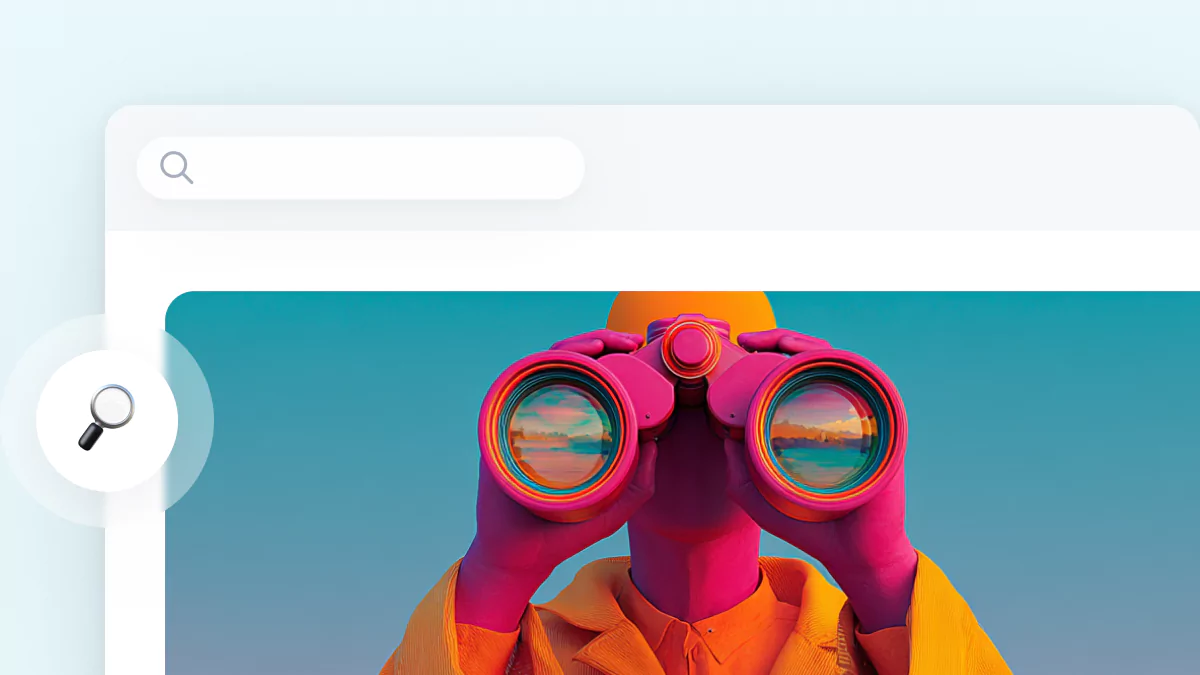Shops no longer live only on busy streets; they also live on feeds where customers scroll each morning. To stay visible in both worlds, brands look for every chance to speak in the right pitch. Many turn to social media content creators, people who build communities through stories and honest talk. Their posts can spark the same curiosity a storefront window once did.
Coherent Market Insights predicts the creator economy will hit US$ 528.39 billion by 2030, up from US$ 127.65 billion in 2023, showing that marketers keep shifting budgets to partnerships where a relevant creator leads the conversation. When creativity feels native to the feed, people pause, enjoy, and act. Brands that partner early tend to learn faster and earn a seat in these conversations.
Yet many teams still ask, “Where do we even start?” Picking a name at random is risky; style, values, and audience must fit like puzzle pieces. A mismatch can drain budget, dull the message, and bruise trust. So, we collected lessons from hundreds of campaigns to build a map that replaces guessing with simple steps.
In the next section, we’ll explore practical ways on how to find content creators who share your audience’s interests. You can apply them regardless of company size. Read on and you will leave with a checklist you can turn into action before your next campaign brief.
What are content creators?
Content creators are people who make things worth watching, reading, or listening to online. That could mean shooting a short video, writing a review, sharing a recipe, or breaking down a product tutorial. What matters is that they create something with intent; usually for a specific audience, on a specific platform.
You’ll find them on YouTube, TikTok, Instagram, podcasts, and even in newsletters. Some focus on beauty, others on parenting, tech, gaming, fashion, or food. What unites them is their consistency. They usually don’t just post once in a while, but regularly and often build a community around their voice.
Many content creators also work with brands. They might shoot a video using a product, mention a service in a blog post, or create sponsored content. In some cases, they share this on their own feed. In others, they produce content that brands repost as part of their marketing. This makes content creators a key partner for any business that wants to show up with credibility and creativity online.
What makes content creators different from influencers?
In real-world practice, the line between content creators and influencers has blurred. The terms often get tossed around like they mean the same thing, and in many cases, they do. Both speak to an audience. Both work with brands. Both help shape what people buy, wear, or try next.
But if we zoom in a little, there are differences in focus.
Content creators are makers. They’re focused on producing original, high-quality content that informs, entertains, or teaches something useful. Their value lies in what they create.
Influencers, on the other hand, are brand-builders. Their power comes from how they shape opinions. They grow a personal brand, build trust with their followers, and influence decisions – sometimes without creating much content at all.
That said, it’s no longer one or the other. Many people now do both. A photographer may begin by sharing lighting tricks, then grow into an influencer when followers reach a critical mass. A beauty influencer may sharpen editing skills to keep videos fresh.
Some start as content creators and become influencers later. Others do it the other way around. And that’s part of what makes this space so dynamic.
Benefits of working with content creators
Partnering with content creators is a smart move for any brand that wants to speak directly to real people in real ways. We’ve seen brands unlock new audiences, fresh ideas, and stronger loyalty simply by working with the right creator. There are many reasons why this kind of collaboration works, such as:
Targeted reach and lively conversations
Creators gather tight-knit communities around travel hacks, vintage fashion, or local food hunts. When they mention your product, the message lands in front of people already primed to care, sparking questions and shares instead of quick scroll-bys.
Authenticity and credibility
Viewers recognize a creator’s style and trust the judgment behind each recommendation. That personal bond turns an ordinary mention into social proof, raising confidence and repeat interest without heavy promotional language.
Varied, creative formats
One partnership can yield a recipe video, step-by-step photo carousel, and a behind-the-scenes podcast chat. This range keeps your brand visible across channels while letting each piece feel fresh, not copy-pasted.
Fresh perspective and brand voice
A creator’s own humor, slang, or editing flair introduces personality that many corporate feeds miss. Their tone acts as a friendly bridge, making your product feel like part of a real story instead of a sales pitch.
Pathways into underrepresented groups
Collaborating with regional or minority-led channels opens doors to buyers traditional ads often overlook. The result is wider cultural reach and insights that inform future product tweaks.
Audience transfer and fast growth
Giveaways, co-hosted live sessions, and discount codes move a creator’s followers onto your pages. Each new follower arrives warmed-up, having already heard why the product matters.
Together, these benefits explain why creators sit high on modern media plans and why ignoring them means leaving engaged eyes and wallets on the table.
How to find content creators
Although we easily meet hundreds of creators when scrolling through any feed, yet choosing one partner who fits our brand feels harder at first glance. If you’re among ones who ask how to find content creators to collab with, there are tried methods that work. Here, we’ve put together every approach we know, from platform-specific strategies to unexpected sources. Use these to narrow your search, or better yet, expand it.
1. Choose the right social media platforms
Start where your customers spend time. If your buyers like polished visuals, look at popular content creators on Instagram and note profiles with steady likes and genuine comments. Tech explainers and deep-dive tutorials often sit on YouTube. TikTok works well for quick demos or behind-the-scenes clips. Check each creator’s recent posts to see if the style matches your product and if followers reply with real questions, not emojis alone.
2. Utilize the power of hashtags
Hashtags are still one of the easiest ways to surface relevant creators, especially when you know your niche. Searching #skincareroutine, #plantbasedrecipes, or #budgettravel can lead you to creators who consistently post in that space. You’ll start noticing who shows up often and whose posts get real interaction, not just likes from other creators.
This method also works well when you're trying to learn how to find content creators on Facebook. Many creators cross-post their Instagram content or manage Facebook pages with the same hashtags. Once you spot a potential fit, scroll through their content to see if their tone and audience match your goals.
3. Create contests and challenges
Invite your audience to post around a clear brief (such as a recipe twist, a travel hack, or the best way to style your product) and assign a short, unique hashtag. The hashtag lets you track entries in one search window and see who can tell a good story on camera or in photos.
This way, you get to see how people interpret your brand through their lens. It becomes easy to spot those with storytelling skills, editing polish, or a unique point of view. A single contest can bring dozens of potential partners into your radar without you having to search cold.
4. Tap your own followers
Scroll through your mentions and tagged posts to spot fans who already share high quality content about your category. A quick check of their feed shows how they stage photos, write captions, and reply to comments.
When you find a match, send a friendly note, thank them for the shout-out, and ask if they would like to try a small collaboration. Working with someone who knows the product shortens the learning curve and keeps the voice genuine.
5. Ask for referrals
Creators often know friends who work in the same niche. After a successful project, tell the partner you are looking for more potential content creators and see who they recommend. Referrals carry built-in trust because the introducer already understands your brand tone. Keep a shared sheet to track names and contact details so you can follow up while the link is still fresh.
You can also tap your own team, agency partners, or even friends of the brand. If someone has worked with a creator known for producing high quality content, ask for an intro. Referrals don’t just speed up your search. They give you someone’s vote of confidence to start from.
6. Join online communities and forums
Places like Reddit, Quora, and niche Facebook groups are underrated spaces to find creators; especially those outside the mainstream. Many creators are active in these communities, sharing work, answering questions, or giving tips in their field. You can quietly observe or join the conversation to get a better sense of how someone communicates and the kind of content they make.
This is also one of the easiest ways to learn how to find content creators in your area. Many local communities have creator-specific threads or location-based discussions. Whether you're looking for a food vlogger in Jakarta or a tech reviewer in Berlin, start with a keyword search in these spaces. It can lead to voices that haven’t been overexposed or overly sponsored yet.
7. Track competitors with monitoring tools
Your competitors’ feeds can tell you a lot, especially their strategy and who they’re working with. Are they reposting user-generated videos? Tagging creators in unboxing clips? Running giveaways with micro influencers? Each of these is a breadcrumb you can follow.
Using a tool helps make this process easier and more accurate. A platform like HypeAuditor can track all public posts mentioning your brand, a competing brand, or relevant keywords. It’s built with AI to pull in posts, UGC, and partnerships from across social platforms in real time. You’ll not only see who your competitors are working with, but how that content is performing and how your brand stacks up.
If their campaigns are performing better, one possible reason is the strength of their content partners. Keep an eye out. The next creator you work with might already be featured on a rival’s feed.
8. Use influencer marketing platforms
If you’re tired of scrolling through social feeds to find the right talent, influencer marketing platforms can save time and give you better insights. These tools can support brands searching for content creators for hire. You can browse based on niche, audience, location, engagement rate, or platform.
For instance, HypeAuditor’s recruitment tool offers more than 30 advanced filters, AI-powered search, and keyword matching across over 205 million profiles. This setup is especially helpful during the vetting stage. You can access data that goes beyond what’s visible on a public profile like audience authenticity, engagement quality, growth trends, and potential fraud signals. It gives you the context and confidence you need before deciding to reach out or move forward with a collaboration. When you're serious about scaling creator partnerships, this level of detail matters.
9. Google search
It might sound too simple, but a well-phrased Google search can lead you to curated lists, creator portfolios, media mentions, or blog features. Searching for phrases like “top beauty content creators in New York” or “best tech TikTokers 2025” can reveal roundups, agency directories, or even case studies of past collaborations.
This method works well when you have a specific angle in mind: location, niche, or format. You won’t always find their socials directly, but you’ll often land on their website or LinkedIn, which gives you more context before reaching out.
10. Freelance platforms
Freelance sites like Upwork, Fiverr, and Freelancer are packed with creators offering content packages, short-form videos, UGC, photography, and editing. While some work behind the scenes, many are also active on social media and open to brand collaborations.
You can filter by service type, rating, location, and budget. Once you find someone with the tone or style you like, you can check if they’re also active on TikTok, Instagram, or YouTube. These platforms are especially useful if you’re looking for one-off projects or trial runs before investing in a long-term partnership.
11. Networking events
Creator meetups, industry conferences, or niche workshops can be a goldmine. These are places where creators go to meet brands, learn trends, and make connections. You get the chance to talk face-to-face, see how they present themselves, and understand their interests – something that’s hard to pick up from a profile picture.
Even smaller events like pop-ups, launch parties, or local creator panels can lead to authentic conversations and future collaborations. If you’re planning to partner with creators who genuinely vibe with your brand, sometimes showing up matters more than scrolling.
12. Use creator marketplace
Creator marketplaces are platforms built specifically to connect brands with creators. They offer a space where creators list their services, audience stats, and past collaborations, while brands browse, filter, and pitch ideas. You can message creators directly, review their past work, and often even manage contracts in one place.
Some social platforms now offer their own native solutions, like the Instagram Creator Marketplace, YouTube BrandConnect, and TikTok Creator Marketplace. These tools give you access to verified profiles and performance metrics, all within the platform you're already using for marketing.
Conclusion
Finding the right voice does not come from one quick scroll. Teams that sift through metrics, watch full videos, and hold short interviews tend to secure creators who stay for more than one launch.
For example, a local coffee brand is able to triple repeat orders after choosing a barista vlogger through a week of auditions. The message is clear: invest time meeting several professional content creators and pick the one whose audience and values match your own.
Keep that pace in mind as you put our guide to work. Draft a clear brief, arrange calls, and study earlier collaborations before you sign. When you wonder how to find content creators, open the list above and move through one method at a time. So, will you take the steady path and build lasting ties, or rush and wish you had waited?











